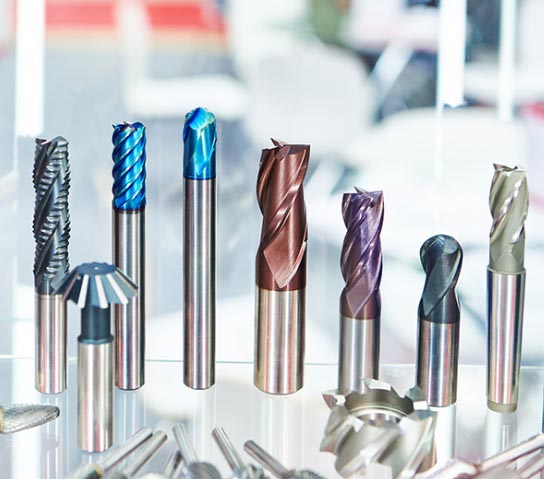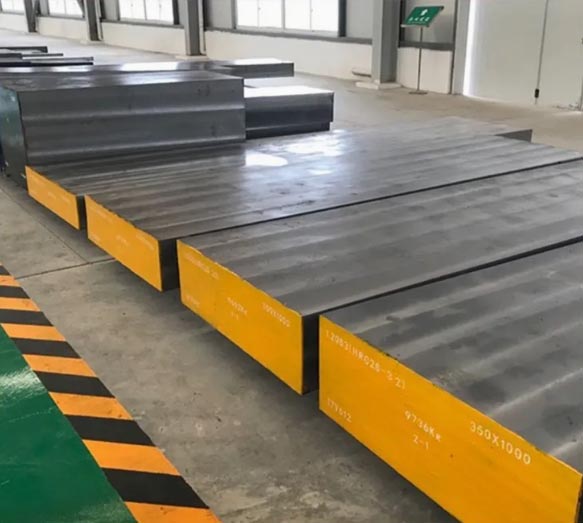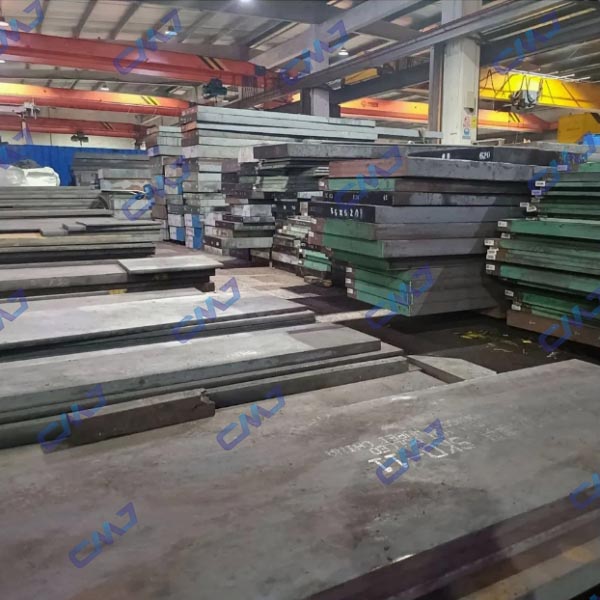How to Source Quality Steel Plates from China: Tips for Global Buyers
587Learn how to source quality steel plates from China with expert tips on supplier selection, packaging, and pricing. Optimize your sourcing process with CJM.
View detailsSearch the whole station

Cold work tool steels are essential materials used for tooling and die manufacturing under room-temperature deformation conditions. They must deliver high hardness, wear resistance, and dimensional stability, supporting processes such as stamping, forming, punching, and shearing.
This guide provides a deep look into the most used cold work tool steel plates—including Cr12, Cr12MoV, 9CrSi, GCr15, T10A, and especially the widely requested and cost-effective MnCrWv steel—covering properties, equivalents, applications, and sourcing considerations.
Cold work tool steels are high-carbon, high-alloy steels developed specifically for tooling that operates at temperatures typically below 200°C. These steels are characterized by:
They are widely applied in stamping dies, punches, drawing tools, shear blades, and precision cutting tools.
Among commonly used grades, MnCrWv steel stands out for its balanced properties and affordability, making it a preferred choice for general-purpose cold dies and cutting tools.
| China (GB) | AISI (USA) | DIN (Germany) | JIS (Japan) |
| MnCrWv steel | O1 | 1.2510 | SKS3 |
C: 0.90–1.00 | Mn: 1.10–1.50 | Cr: 0.50–0.80 | W: 0.50–0.80
58–62 after quenching and tempering
| Property | MnCrWv | Cr12MoV (D2) |
|---|---|---|
| Wear Resistance | ★★★ | ★★★★★ |
| Toughness | ★★★ | ★★ |
| Machinability | ★★★★ | ★★ |
| Cost | Lower | Higher |
| Ideal For | General dies & punching | High-wear, high-precision dies |

| Grade | Hardness (HRC) | Wear Resistance | Toughness | Machinability | Typical Use |
| Cr12 | 58–63 | ★★★★★ | ★ | ★★★ | Blanking dies, cold shear blades |
| Cr12MoV | 58–62 | ★★★★★ | ★★ | ★★★ | High-speed stamping dies |
| MnCrWv | 58–62 | ★★★ | ★★★ | ★★★★ | General cold work tools |
| 9CrSi | 60–64 | ★★★★ | ★ | ★★ | Punches, cutters |
| GCr15 | 60–64 | ★★★★ | ★★ | ★★ | High-wear precision dies |
| T10A | 58–62 | ★★★ | ★★ | ★★★★ | Chisels, simple cutting tools |
| Application Scenario | Recommended Grade(s) | Reasoning |
| High-wear operations | Cr12MoV, 9CrSi | Excellent wear resistance, holds edge well under abrasive conditions |
| General-purpose tooling with balanced performance | MnCrWv | Good hardness and toughness balance, easy to process, cost-effective |
| Complex tools requiring dimensional stability after heat treatment | Cr12MoV, GCr15 | Low distortion after quenching, suitable for precision tools |
| Fine blanking, long-life shearing or trimming tools | Cr12MoV | High hardness with better toughness than Cr12 |
| Punches and cutters for medium-load operations | 9CrSi | High hardness and cutting edge retention |
| Budget-sensitive applications or tools with simple geometry | T10A, MnCrWv | Affordable, widely available, suitable for basic tools like chisels |
| High-speed mass production dies | GCr15, Cr12MoV | Superior wear life and thermal stability |
| China (GB) | AISI (USA) | DIN (Germany) | JIS (Japan) |
|---|---|---|---|
| Cr12 | D3 | 1.2080 | SKD1 |
| Cr12MoV | D2 | 1.2379 | SKD11 |
| MnCrWv | O1 | 1.2510 | SKS3 |
| 9CrSi | — | — | — |
| GCr15 | 52100 | 100Cr6 | SUJ2 |
| T10A | W1/W2 | — | SK105 |
Related Reading: Wondering whether O1 or A2 tool steel fits your tooling project better?
| Factor | Specification Notes |
|---|---|
| Stock Sizes | 10–300mm thickness, width up to 2000mm |
| Supply Condition | Annealed / quenched & tempered / ground |
| Processing Service | Saw cutting, milling, precision grinding |
| Certification | Mill Test Certificate (EN10204 3.1) available |
We supply:
View our tool steel plate offering.

Email: info@cjmstainlesssteel.com
WhatsApp: +86 181 9190 6640
Learn how to source quality steel plates from China with expert tips on supplier selection, packaging, and pricing. Optimize your sourcing process with CJM.
View detailsDiscover comprehensive ASTM A36 steel plate including chemical composition, mechanical properties, equivalent grades, dimensions, weight and applications.
View detailsWhy shooting target manufacturers prefer AR500 steel plate for durability and cost efficiency? Learn how target steel properties make it the standard choice.
View detailsUnderstand the key differences between carbon steel and alloy steel. Compare strength, cost, and best use cases. Expert buying tips from CJM.
View details
HelloPlease log in